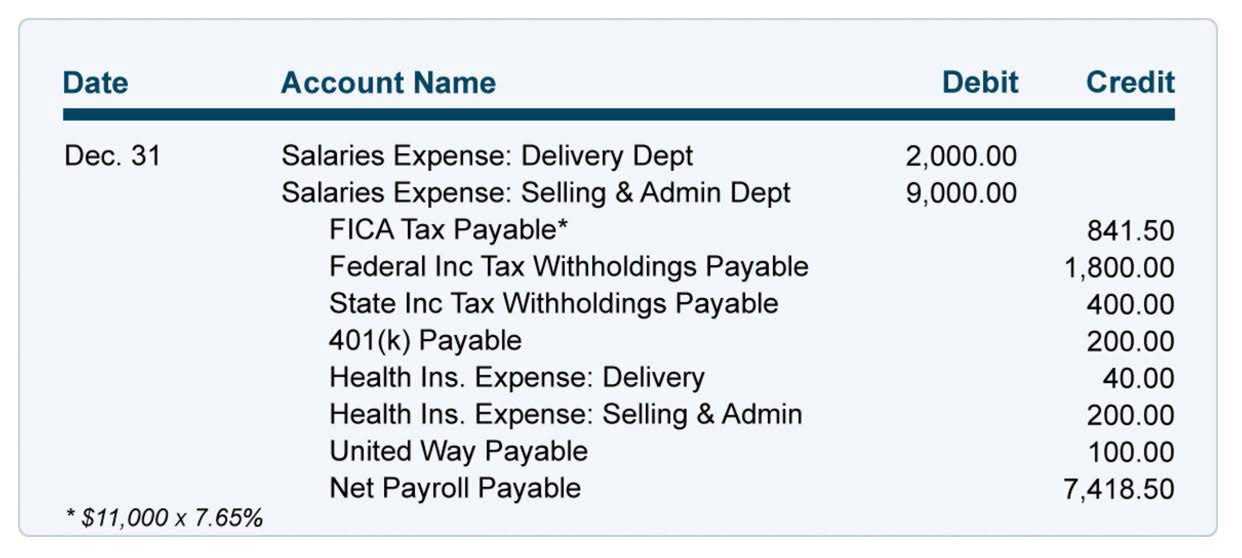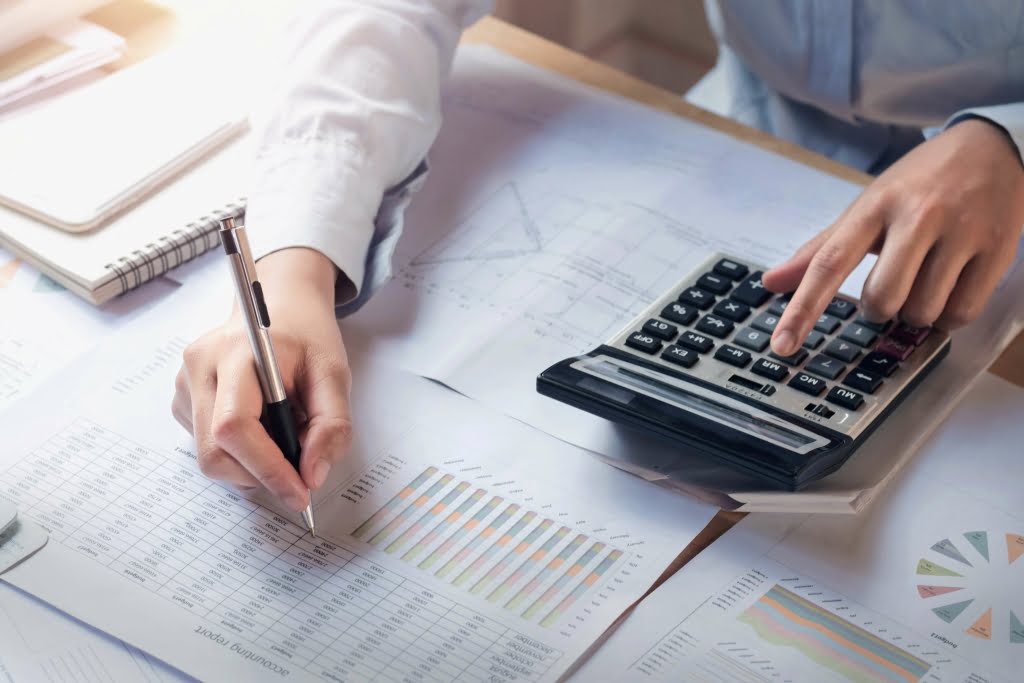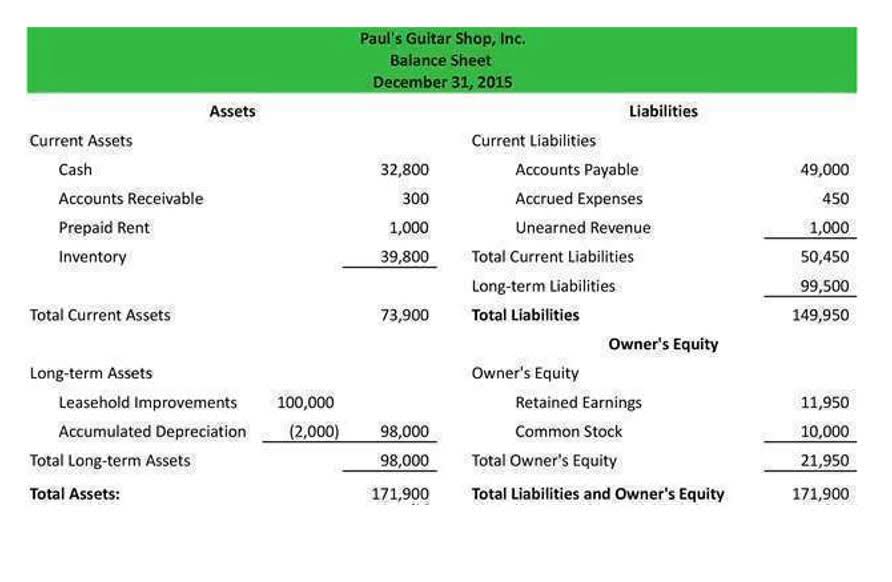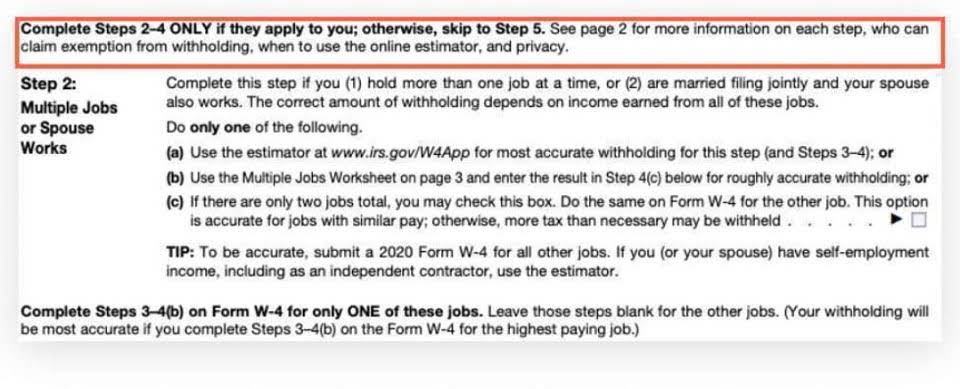
Quality accounting systems have become a staple for small businesses everywhere, as they are essential to the management of accounts and organized record keeping. General ledgers, also referred to as accounting ledgers, are the physical or digital record of a https://www.bookstime.com/ company’s finances. The general ledger functions as a collective summary of transactions posted to subsidiary ledger accounts, such as cash, accounts payable, accounts receivable and inventory. However, reconciling individual account balances becomes extremely easy with online accounting software like QuickBooks. This feature automatically matches the transactions recorded in your books of accounts with the bank statement balances.

What is the General Ledger in Accounting?
You can use the account balances in the general ledger to generate the trial balance, which lists every account and the current account balance. The dollar amount of total debits must equal total credits in the double-entry accounting system. Assigning GL codes to any transaction is critical for preparing a company’s financial statements. GL code assignment helps identify why a transaction has been made and how it should be accounted for. This gives you deep visibility into where your funds are going, and performing cost-cutting becomes a breeze. Understanding what an accounting ledger is and its importance to your business finances can help you organize and track transactions more easily.
- Operating expense accounts document every cost that’s needed for running your business.
- Resultantly, there will be a cash account, salary account, payables account, etc.
- Apply for financing, track your business cashflow, and more with a single lendio account.
- Accounting ledgers are an essential part of a small business’ bookkeeping practices.
- The next line shows the headings used for each of the ledger accounting transaction entries.
- These are what’s used to record your transactions by date, and can include things like payments against invoices and their totals.
Classification of General Ledgers
- In the first column, we see the type of account and the type of transactions within the account.
- The credit sales figure of $200,000 would go into the accounts receivable control account.
- Financial statements, such as income statements, balance sheets, and cash flow statements, show the financial health of a business.
- The expense side of the income statement might be based on GL accounts for interest expenses and advertising expenses.
- By monitoring the movement of debits and credits through different GL accounts, businesses can ensure that their financial data remains accurate and up-to-date.
- If you’re ever audited, you won’t have to dig through paper files to get organized.
- A General Ledger (GL) code is a code used to categorize financial transactions for reporting purposes.
These transactions can include cash payments against an invoice and their totals, which are posted in corresponding accounts in the general ledger. In accounting software, the transactions will instead typically be recorded in subledgers or modules. These accounts comprise data relating to the various receipts, expenses, and other transactions that occur within the organization. By monitoring the movement of debits and credits through different GL accounts, businesses can ensure that their financial data remains accurate and up-to-date. Traditional accounting software allows you to connect your GL accounts to your bank accounts to keep up with account balances and financial transactions to simplify accounting gl account examples processes.

Visibility into spending trends
- As you can more easily find transactions you are searching for in your general ledger if you have a code for every transaction.
- However, there is always the chance that something gets misreported—like if you’re paying with petty cash and don’t record a $5 purchase.
- These are the obligations that you have to fulfill the amounts you have borrowed and which have not yet been paid for.
- In this instance, a subsidiary ledger records detailed information of the related control account.
- Sandra Habiger is a Chartered Professional Accountant with a Bachelor’s Degree in Business Administration from the University of Washington.
- When a refund is issued to a customer, the amount is entered to the left side of the ledger as a debit which decreases the balance.
As the business grows and the number of accounting staff increases it is impractical to have only one ledger. In these circumstances it is common to split off sections of the main ledger into separate subledgers. GL codes generally are alphanumeric values assigned to accounts and help to categorize your finances. A GL code for bookkeeping desktops might look like 1200, while that for laptops might look like 1500. The best solution to solving the challenges mentioned above is automating GL coding. RPA tools learn your GL coding practices as a base and automatically assign correct GL codes and cost centers to your invoices.
- The debit and credit format makes the ledger look similar to a trial balance.
- All transaction data comes to the general journal and makes its way to the general ledger.
- These accounts comprise data relating to the various receipts, expenses, and other transactions that occur within the organization.
- As with the main ledger, postings to the subledgers are from the books prime entry.
- In financial accounting, a company’s main accounting record is its general ledger.
Conversely, crediting a revenue, liability, or equity account increases its current balance, and debiting them increases it. Having an accurate record of all transactions that have taken place within a single point in time will ensure your financial reporting is done correctly. It is organized in such a way that you can quickly view, and verify information. When a company receives payment from a client for the sale of a product, the cash received is tabulated in net sales along with the receipts from other sales and returns.

Posting to the General Ledger
Also, a detailed general ledger may be requested by an auditor should the accounts ever be audited. In a summary report it is possible to get to all the transactions within an account ledger by clicking on the account name. It’s available to download in Google Docs, Google Sheets, XLS, DOC, and PDF, making it easier to see your business finances at a glance.

To produce all the necessary financial statements, your accountants create the trial balance, which lists each account and the current balance. And to ensure that your financial reports are correct, you can even use an adjusted trial balance to see all your financial transactions in one place. The general ledger is a foundational document in the double-entry accounting system, the most widely accepted modern accounting method. It requires that all financial transactions affect at least two accounts and balance between debits and credits.